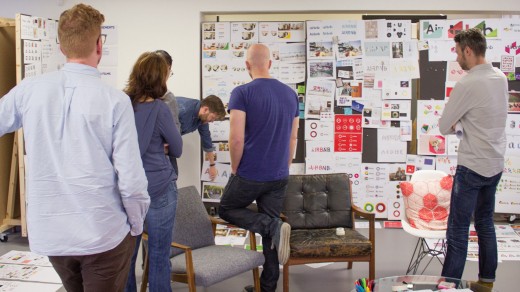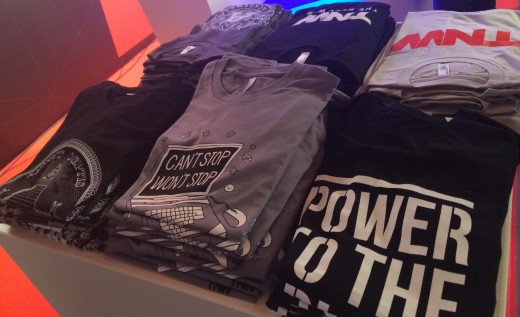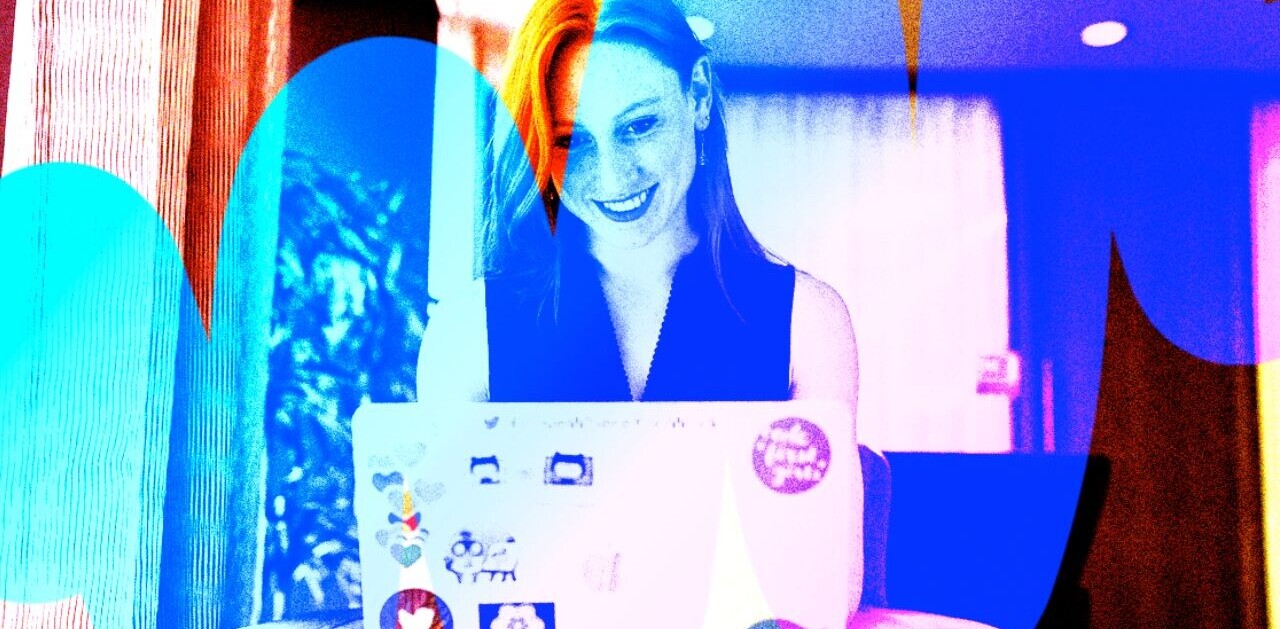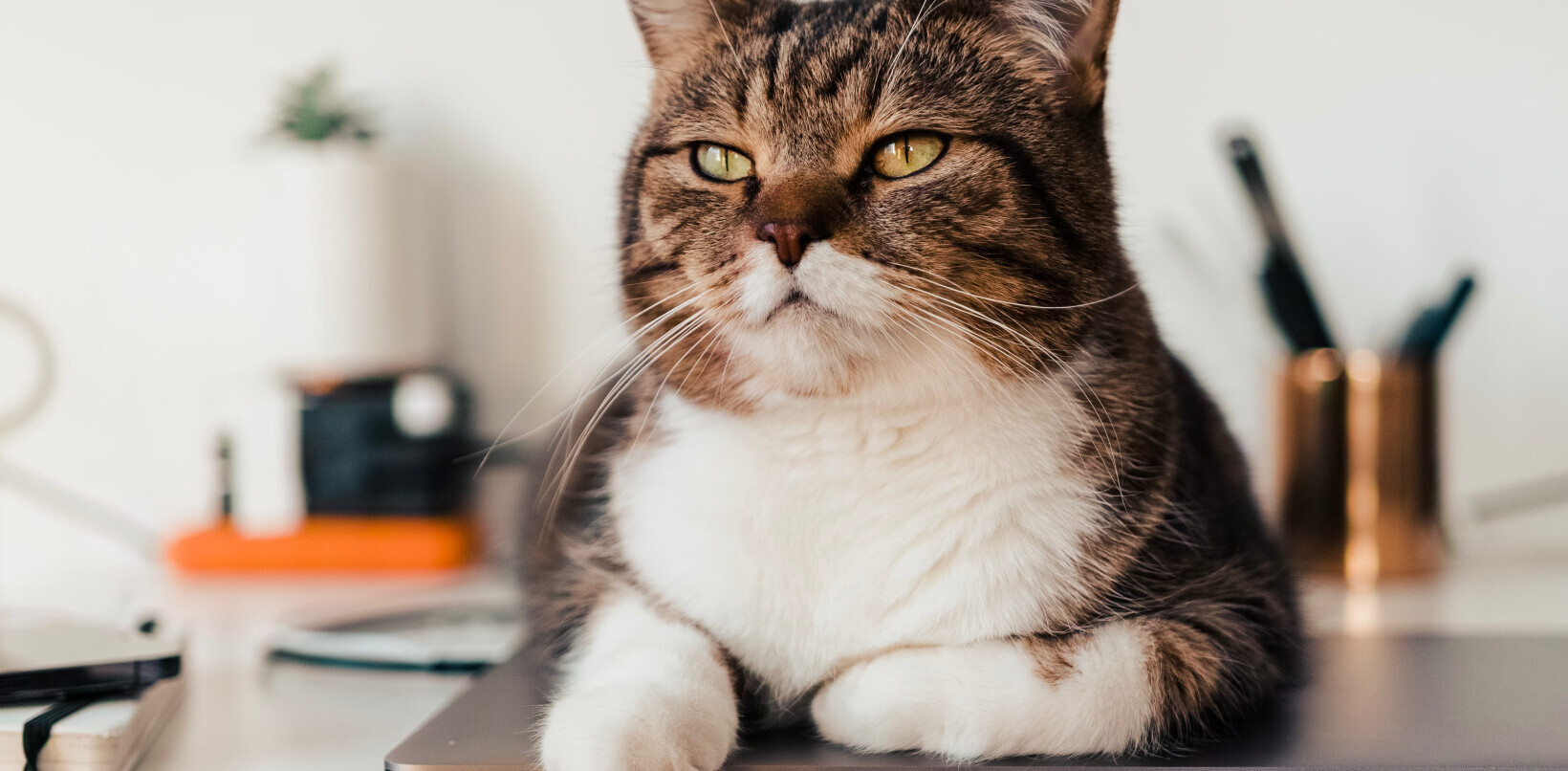
Though the most important part of rebranding is the thinking that goes behind the creation of your new positioning and messaging, the logo that comes out of that process is one of the most cherished assets your company is going to own.
Creating and picking a logo is a difficult process, and it’s tempting to push the decision on someone else or seek advice from everyone you think might have an opinion. Ultimately, it’s important to choose a visual that authentically represents you and your company.
Below are some things to keep in mind as you’re going through the creation and selection process.
Hire a designer you trust
Unless you are a designer yourself, it’s often a good idea to outsource a creative to craft your logo for you. They are trained in the art of translating words and abstract concepts into imagery, and have experience working with tools that allow for more creativity and customization
Even if you do have the skills and tools necessary to create a logo yourself, you should still seek a fellow designer’s tips and feedback.
Find a designer on Behance or Dribbble with a style that you admire or with experience working with logos for businesses similar to yours. Alternatively, find a logo that you like and try to discover who created it.
Many small business owners will be more than happy to share a designer reference with you, and many even have the name of their designer somewhere on their site. Or, if you don’t know what style you’re looking for but you roughly know the elements you want represented in the final logo, create a contest on 99designs and pick your favorite from a slew of crowdsourced designs.
Know your brand

The most important part of the process is the beginning, when you’re figuring out your company’s identity. The conclusions you come to and decisions you make here dictate the rest of the brand’s journey. Having a clear purpose is crucial for a brand to flourish – if you don’t know who you are and what you represent, how does anyone else?
Ask yourself questions, and be sure to write the answers down as you come closer to your core brand identity. Who are you targeting? Where do your clients live, and what are they looking for in companies they do business with and products they purchase?
You should also establish the relationship with your clients. Are you a nurturing company that offers a helping hand to anyone in need, or are you a highly specialized mathematical algorithm that can only be used by academics with a specific kind of experience?
The answers are endless, but only you know what you do, who you do it for, why you do it, where you do it, when you do it and what your vision for the future is. These are all things that need to be taken into account and translated into a brand positioning that will act as a creative brief and dictate your logo design.
Remember why you hired your designer
After doing all this soul searching, it’s going to be difficult to give up the reigns for a bit and let the designer do their work. But beyond briefing your creative talent, there isn’t much for you to do at this point other than wait.
The keyword? Briefing. Beyond telling designers who you are, what your company does and what you’re trying to tell the world, you shouldn’t give too much direction. Samples of work you like and ideal color palettes all are helpful additions to the brief. Trust your instincts to hire a designer and allow them to turn your vision into a few different concepts.
The more flexible you are with letting your designer play with style and colors, the more interesting the results will be. There’s a good chance they’ll come up with something that you hadn’t thought of that captures your spirit perfectly.
Of course, there are times when the work you get back isn’t what you had in mind and you want to scrap it all. Resist the urge to burn everything down and think about why it doesn’t work.
Was your core vision different from what you ended up communicating? Did you gave a focused brief or an ambiguous one? Is the designer not a good fit for you personality-wise? These are all valid questions to ask yourself if you’re not pleased with what you have in front of you.
Do your best to work with your talent to get a more focused design the second go around, or if need be, take the time to look for someone you work better with. The key is to remember the brand work you did at the onset and compare where you started to where you are now.
Staying true to your positioning is crucial when faced with a logo decision, which can get overwhelming.
Ask for advice
Once you have a few options you’re happy with, present them to trusted family, friends and co-workers. Be sure to have a good mix of people who know your business well and others who don’t know much about it at all.
Be sure to survey a random pool what they think is the personality of the company behind the logos. If everything is off base, you know you’ve got a problem. Ideally, there should be one logo in particular that stands out to everyone as a good representation of your brand.
Go with your gut
Throughout the entire logo creation process, you should become increasingly familiar with your core identity and how it can be translated visually. Although the vast amount of insight you have accumulated can be overwhelming, the brain is designed to recognize patterns within blocks of information in order to process it better.
As such, you have essentially been training your intuition to make the correct logo choice since you embarked on the journey. As much as everyone else’s opinion is valid, you are the one who is going to be represented by (and paying for) the logo you pick. The most important voice in the room is your own, and as such the ultimate decision is yours to make.
Pick a logo that feels good – one you’re proud to share because it encapsulates the brand story you put together before starting design. Does your logo make you feel strong? Would you put it on your car or laptop? Would you wear a t-shirt with your logo on it? You may not be a t-shirt person, but I always like to ask the last question as the ultimate gut check.
There is nothing quite like walking down the street wearing a logo emblazoned on your chest. Abercrombie made millions doing it, you should be half as confident from day one.
If you keep your purpose and identity clear and simple, you’ll be able to easily make decisions as they come up. And if you ask for outside help and feedback continuously throughout the process, you’ll avoid ending up with a convoluted logo that those unfamiliar with your company become mystified by.
Did we miss anything? Share your own tips below to help others with their process.
Read next: 9 major logo redesigns: Yahoo and beyond
Get the TNW newsletter
Get the most important tech news in your inbox each week.







